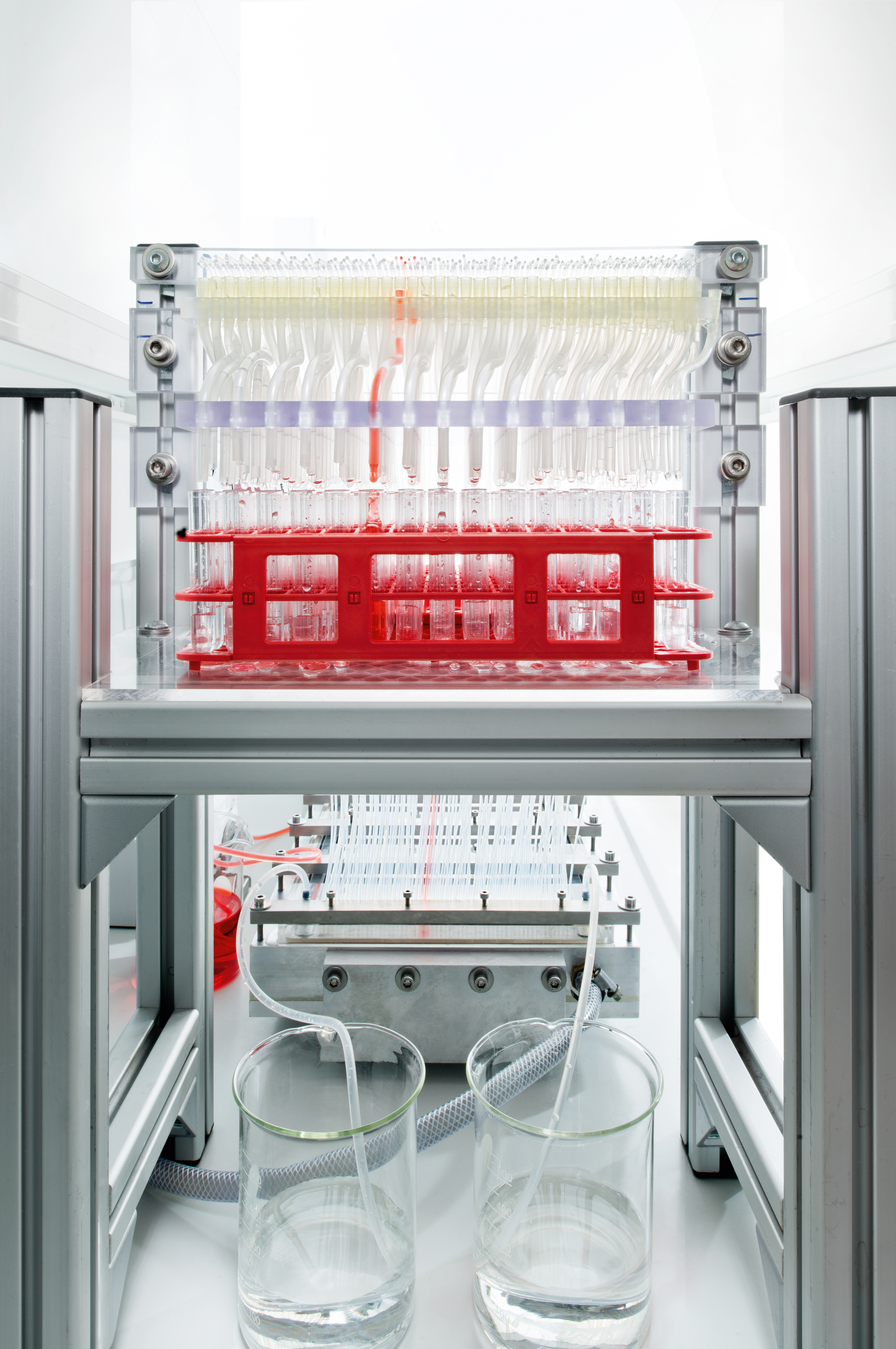For industry, the introduction of more stringent environmental guidelines and rising costs are resulting above all in increased efforts to cut the consumption of water and to reduce the quantity of impurities and the wastewater that needs to be disposed of. Today, rising prices for dwindling resources are already insuring that waste and wastewater are seen as a source of secondary resources. The purification of the wastewater that occurs by recovering valuable process auxiliaries, that are for their part either reused or used in some other way, is therefore becoming more and more attractive from the economic point of view.
Challenge: Dissolved salts
The multiple recirculation of the water means that its salt load can accumulate, resulting in concentrated material flows containing salts. For the recovery of salts and recycling as acids and bases we investigate above all electrophoretic and capacitive methods (some of them using membranes) where charged particles can be separated and recombined by motion in an electrical field.
Solutions by electrochemical methods
Electrochemical (membrane) methods are suitable for the separation of salt ions. In these processes only the charged particles from an aqueous solution in the electrical field are transported by the ion exchange membrane. The separation processes can be integrated cost-effectively in the process chain to obtain recyclable resources, to recycle process auxiliaries and for wastewater treatment.
 Fraunhofer Institute for Interfacial Engineering and Biotechnology IGB
Fraunhofer Institute for Interfacial Engineering and Biotechnology IGB